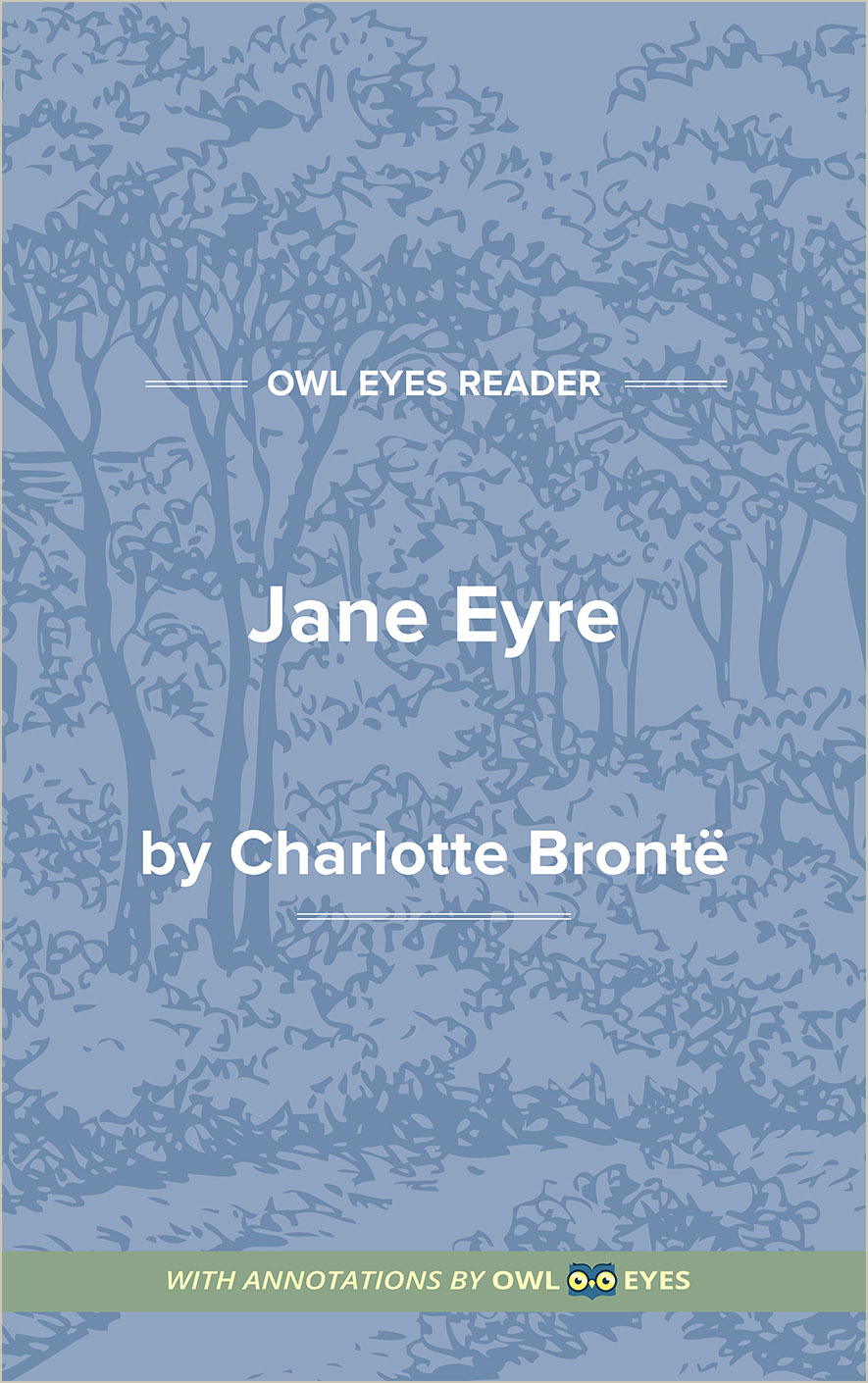Analysis Pages
Symbols in Jane Eyre
The symbolism in Jane Eyre demonstrates the characters’ inner turmoil and is used to reveal their deeper emotions or motivations. A specific example of this is the Red Room, which reappears in Jane’s memory whenever she is punished or feeling alone and symbolizes Jane’s emotional insecurity and childhood trauma. Names are also symbolic and used to reflect the personalities of some of the characters. For example, Miss Scratcherd, from Lowood, is as abrasive as her name implies. Another example follows a dramatic reveal from Mr. Rochester: a nearby tree is struck by lightning, which hints at upcoming challenges.
Symbols Examples in Jane Eyre:
Chapter I
🔒"red-room..." See in text (Chapter I)
"Bewick's “History of British Birds:”..." See in text (Chapter I)
Chapter II
🔒"Gateshead Hall..." See in text (Chapter II)
Chapter XVII
🔒"a flock of white plumy birds..." See in text (Chapter XVII)
Chapter XXIX
🔒"Marsh End..." See in text (Chapter XXIX)
Chapter XXXVI
🔒"The fire broke out at dead of night..." See in text (Chapter XXXVI)

